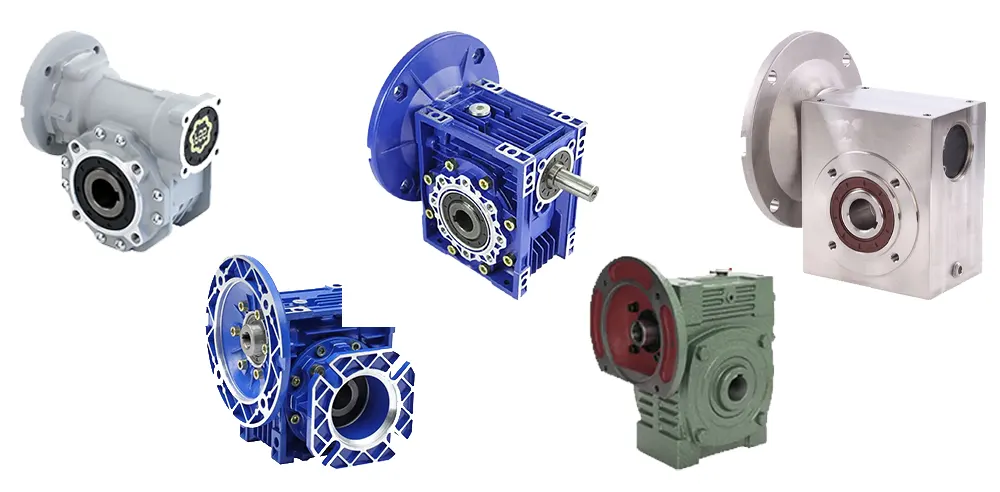Worm gear reducers (Worm Gearbox) are widely used in industrial equipment due to their compact structure, large transmission ratio, and good self-locking performance. However, in the face of numerous models and parameters of worm gear reducers on the market, how to scientifically select a model has become a key skill that engineers and equipment purchasers must master.
Clarify application requirements
The first step in selection is to fully understand the actual working conditions and technical requirements of the equipment, mainly including:
- Load type: constant load, shock load or periodic load;
- Load size: Torque requirement (starting torque, operating torque);
- Working time: Is it intermittent operation or continuous operation?
- Operating speed: Input rotational speed and required output rotational speed;
- Environmental conditions: temperature, humidity, dust, corrosive media, etc.
- Installation space: axial space, flange size limitations, etc.
- Clarifying these requirements is helpful for screening out the most suitable model in the subsequent selection.

Determine the transmission ratio
The most notable feature of worm gear reducers is that they can achieve a large transmission ratio, typically ranging from 10:1 to 60:1. Some special designs can even reach 100:1 or higher.
The calculation formula
